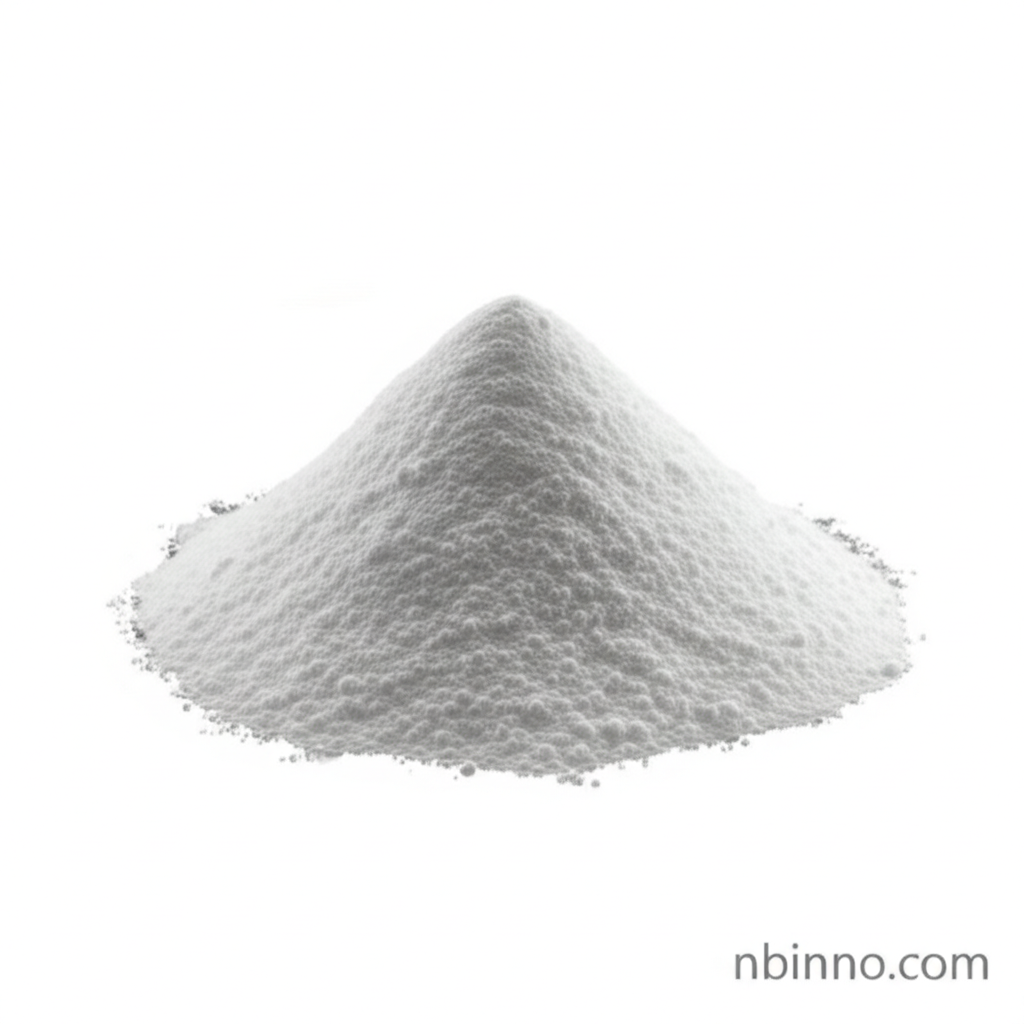Lead Bromide (PbBr2) CAS 10031-22-8: Properties and Applications
Discover the essential properties and diverse applications of Lead Bromide, a key compound in electronic and chemical industries.
Get a Quote & SampleProduct Core Value

Lead Bromide
Lead Bromide, identified by CAS number 10031-22-8, is a crucial inorganic compound widely recognized for its multifaceted applications. Its fundamental role spans analytical chemistry, where it serves as a precise analytical reagent, to the more advanced fields of photoelectric and thermoelectric semiconductor materials. The compound’s specific properties make it a valuable component in various industrial processes and research endeavors.
- Explore the key properties of lead bromide CAS 10031-22-8, understanding its molecular structure and weight for precise chemical applications.
- Investigate the diverse uses of lead dibromide as an analytical reagent, contributing to accurate chemical analysis in laboratories worldwide.
- Learn about the application of plumbous bromide in photography and its critical role in the development of photoelectric materials.
- Understand the significance of lead bromide in thermoelectric semiconductor materials, driving innovation in energy and electronics sectors.
Key Advantages
Versatile Analytical Use
Leveraging its reliability as an analytical reagent, lead bromide is essential for precise chemical measurements, supporting research and quality control efforts effectively.
Material Science Foundation
As a key component in photoelectric and thermoelectric semiconductor materials, lead bromide facilitates advancements in electronic device performance and functionality.
Established Chemical Identity
With a clearly defined chemical formula (Br2Pb) and CAS number (10031-22-8), lead bromide ensures consistent product identification and application in scientific and industrial settings.
Key Applications
Analytical Chemistry
The use of lead bromide as an analytical reagent is paramount for accurate and reliable chemical analysis, supporting research and quality assurance.
Photography
Historically and in specialized applications, lead bromide contributes to the photographic process, influencing image formation and material properties.
Photoelectric Materials
Its involvement in the production of photoelectric materials highlights its utility in devices that convert light into electrical energy or vice versa.
Thermoelectric Semiconductors
Lead bromide plays a role in thermoelectric semiconductor development, enabling materials that can convert heat differences into electrical voltage and vice versa.
